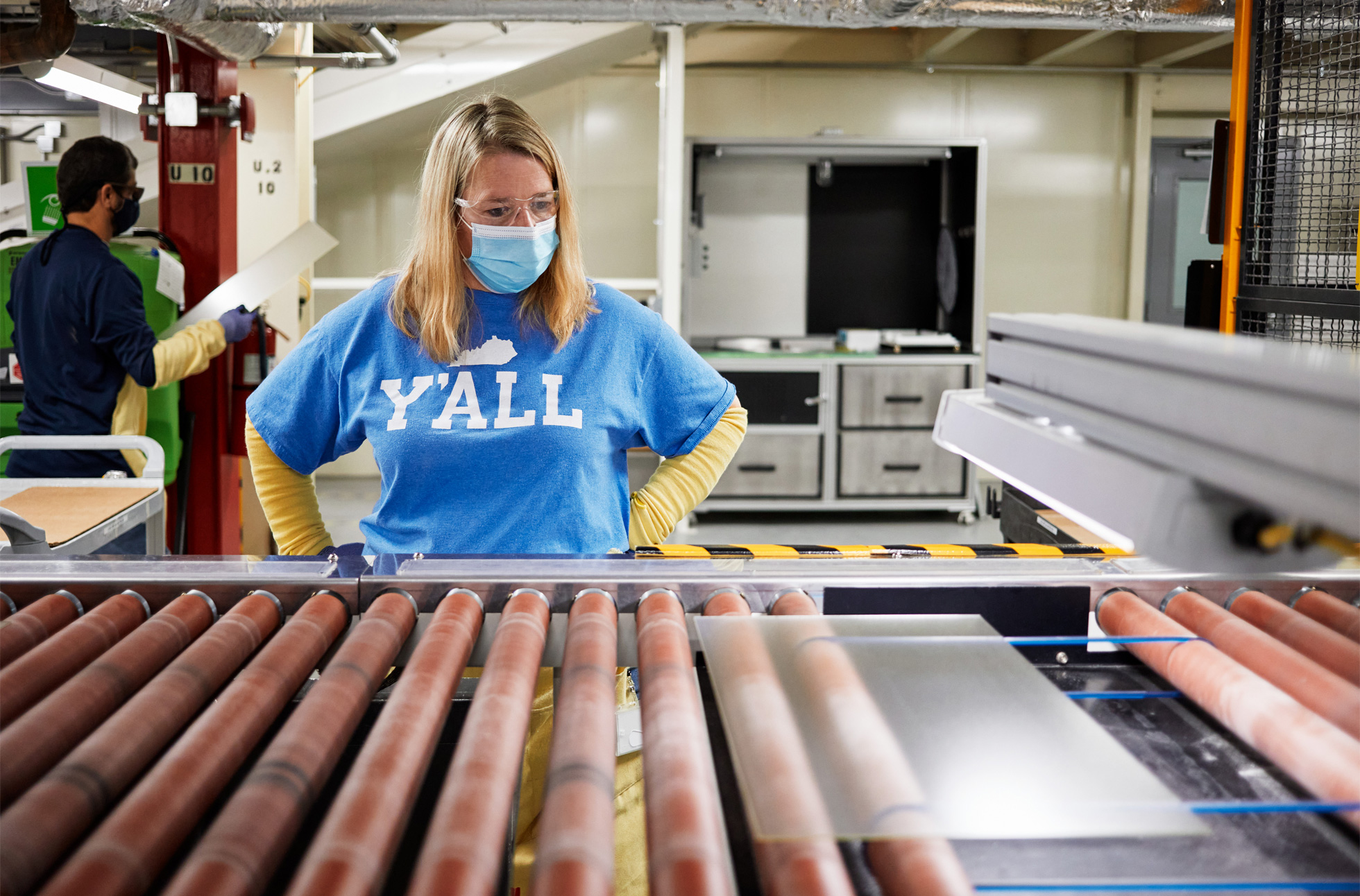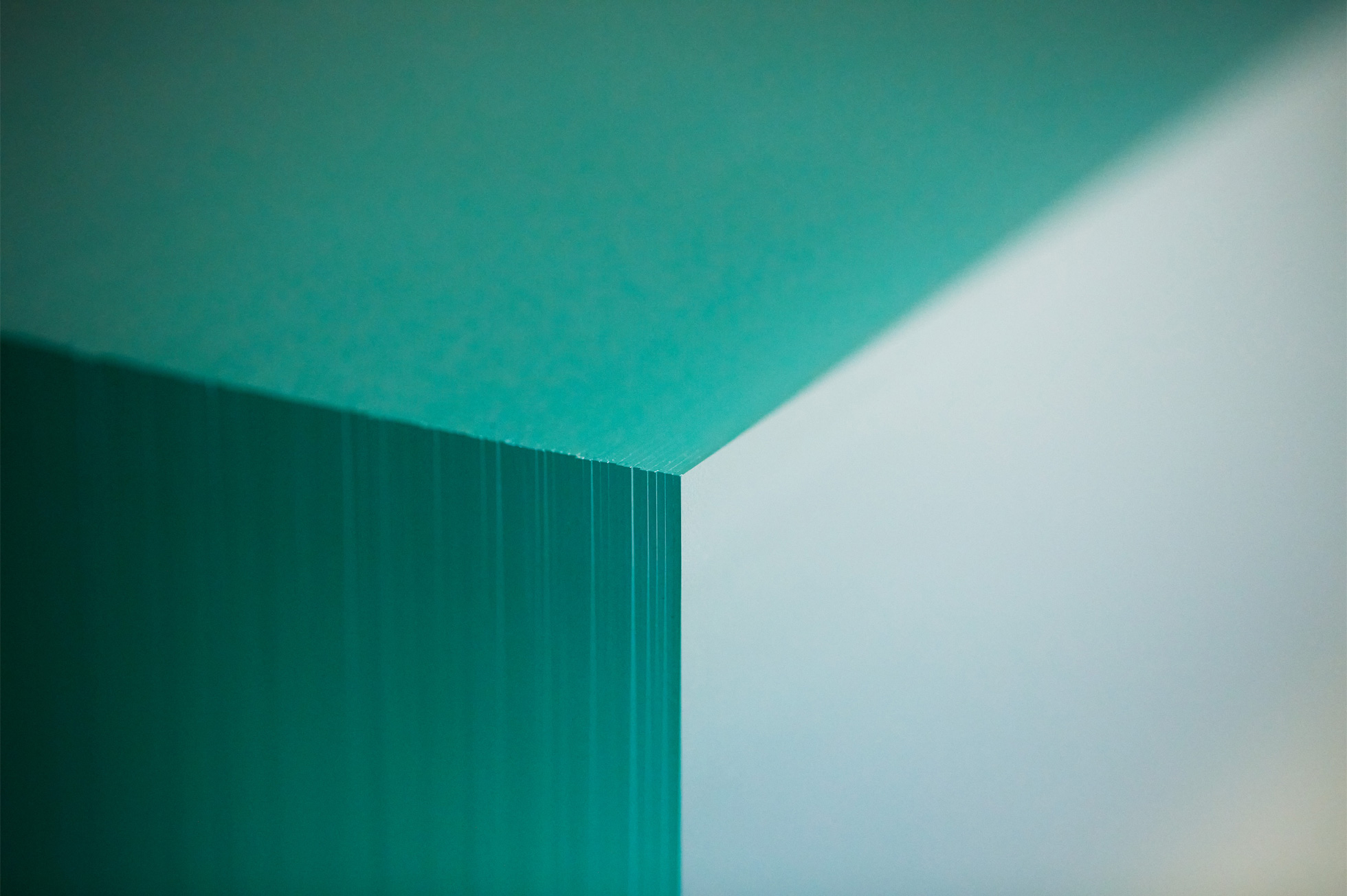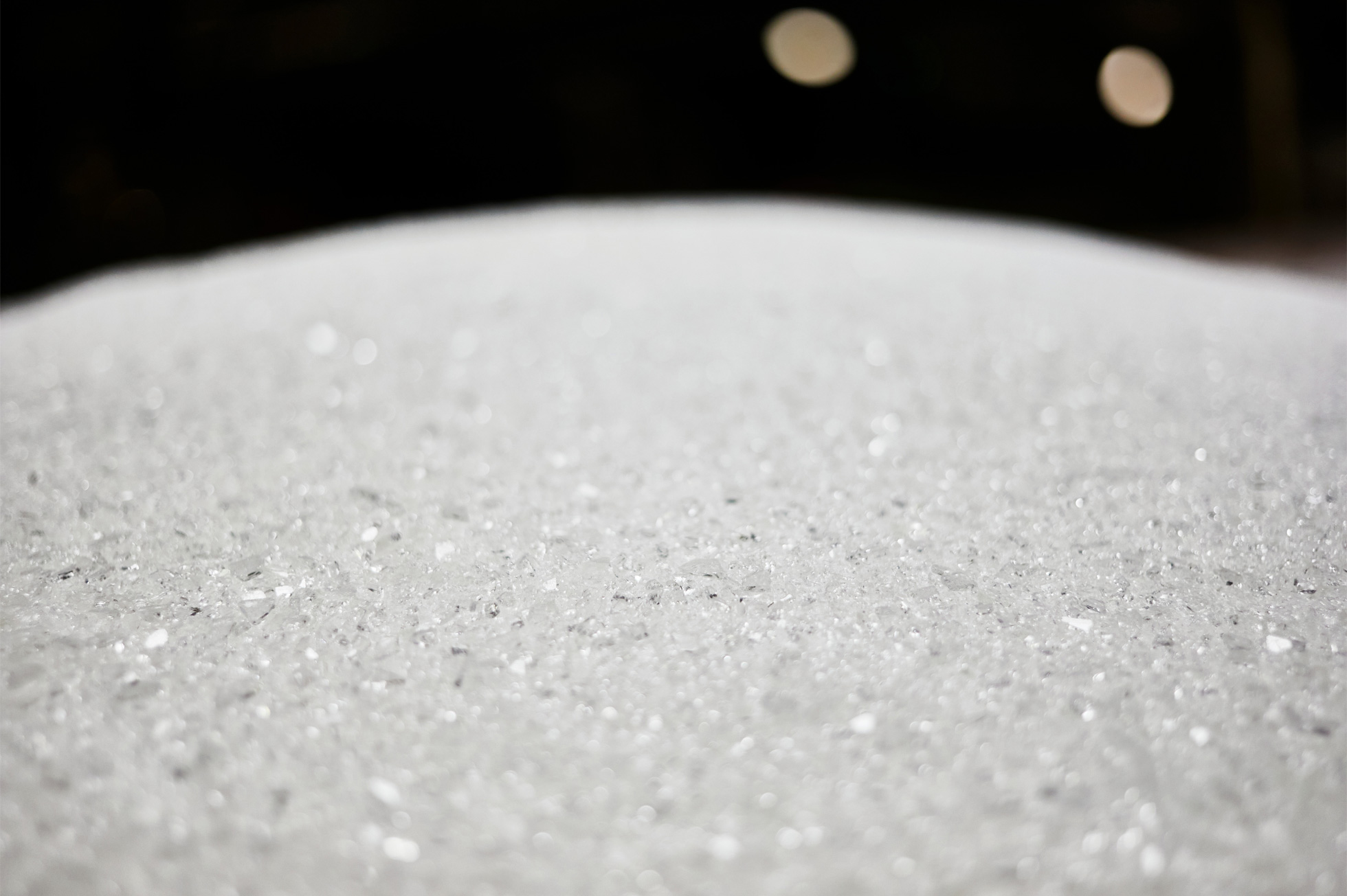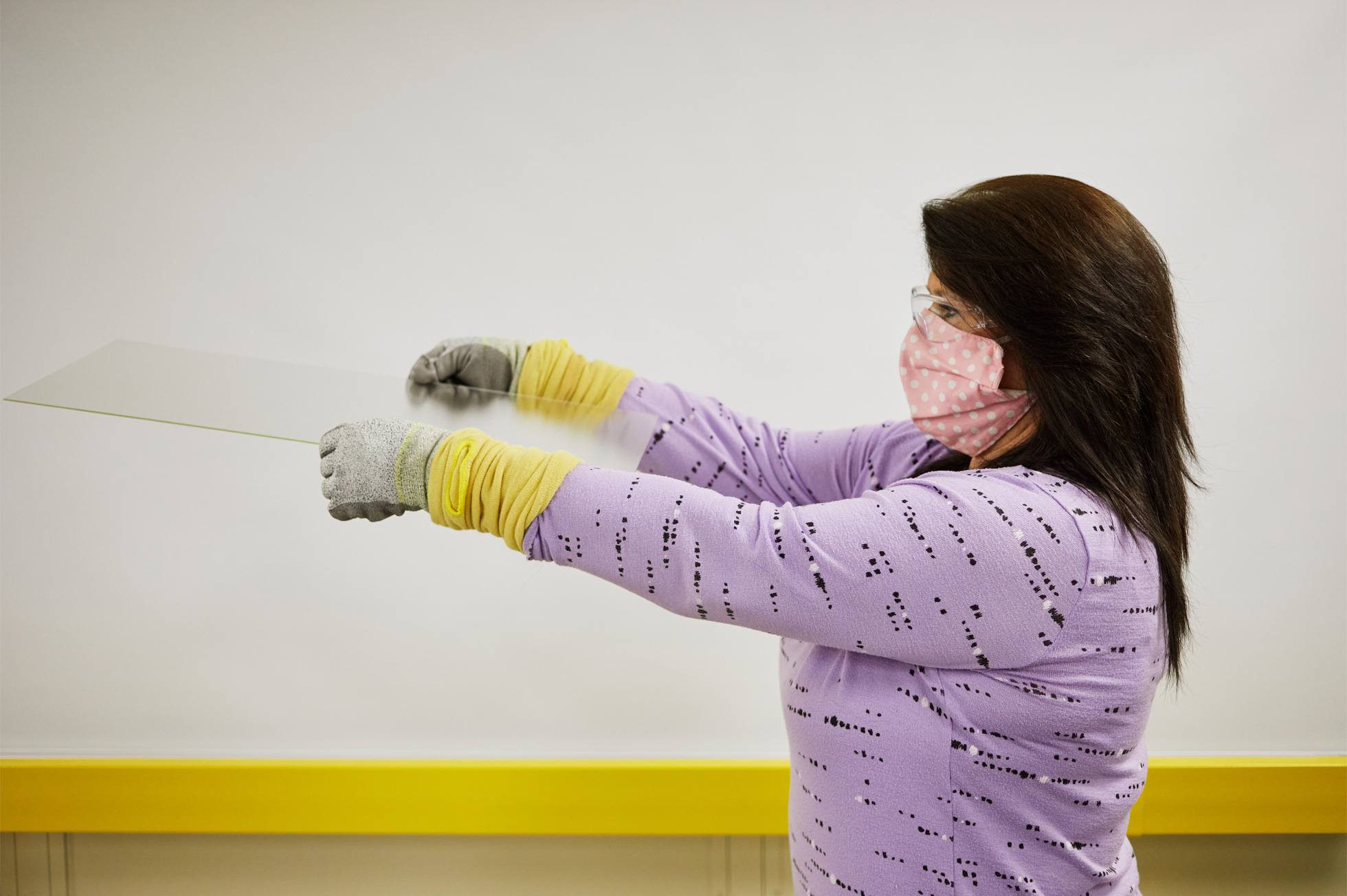What is the biggest scare of mobile phones? From time immemorial, it just falls and breaks. What then breaks the most? Of course, the most expensive thing is the glass - whether front or back. Apple bets on its Ceramic Shield, the competition uses the label Gorilla Glass. But why?
It's been some Friday since Apple introduced its technology ceramic shield. Although it still lists this password for new iPhones, it no longer develops it. We can only read about the iPhone 14 Pro "Ceramic Shield, stronger than any smartphone glass," but no comparison is given here and it is thus a rather misleading description. With the iPhone 14, we find that the Ceramic Shield is incredibly strong. And that's all. We don't even know if this "protection" somehow improves between generations.
It could be interest you
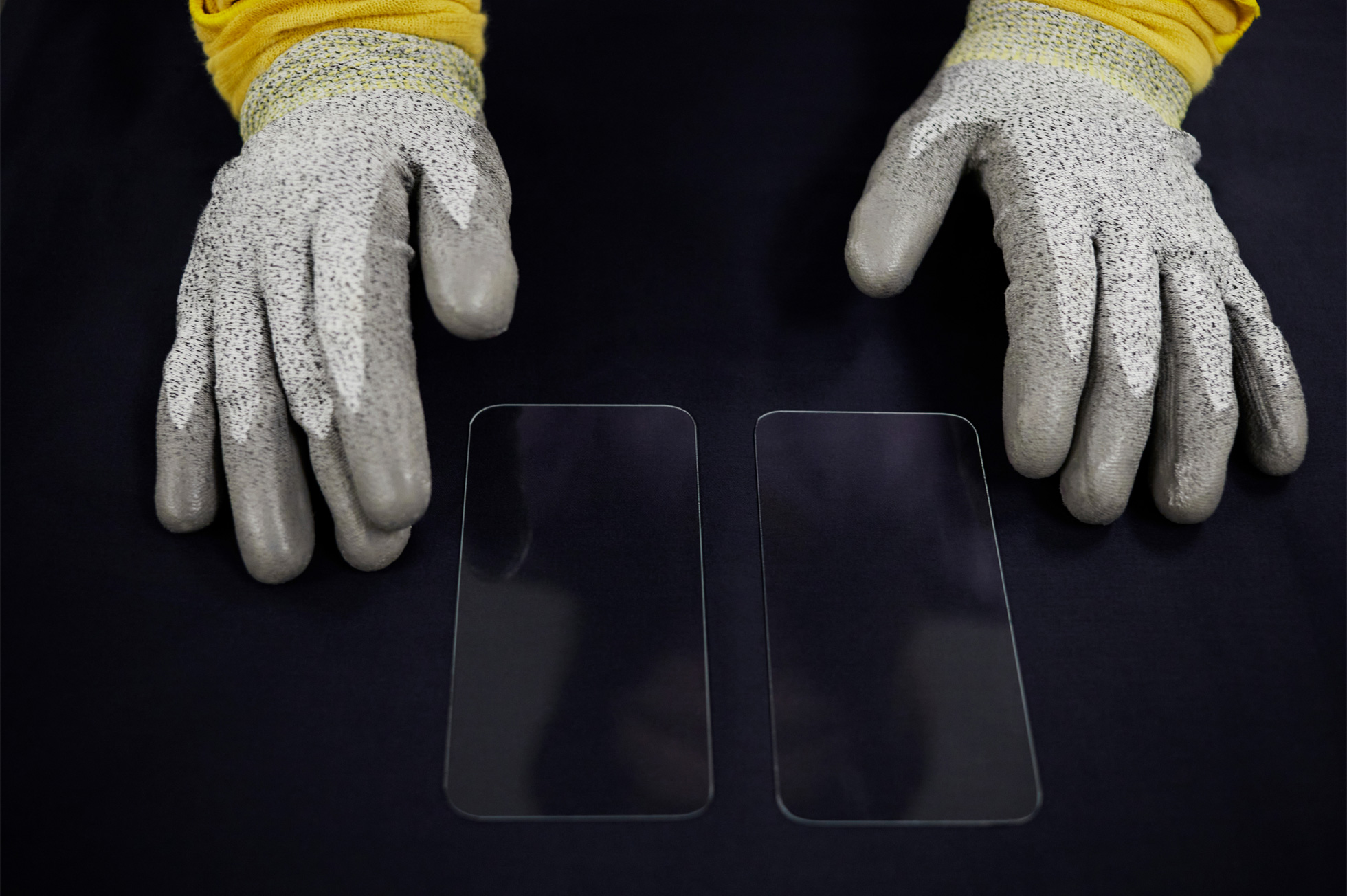
But society Corning in December of last year, it presented its glass Gorilla Glass Victus 2, more than two months after the introduction of the iPhone 14. Now with the introduction of Samsung's Galaxy S23 series, Apple's formulation is rather unfortunate, as it is this trio of phones that uses this technology first - both on the front and the back.
Of course, the new glass further increases the device's resistance to falling than the previous generation (Gorilla Glass Victus+, which the Galaxy S22 had, for example), while maintaining scratch resistance. The company specifically focused on improving resistance when falling, for example, on concrete, and this is quite logical, because concrete is the most widespread technical material in the world.
Corning claims that its new generation of glass can absorb a fall of a device from a height of one meter onto concrete and similar surfaces, two meters if the smartphone falls on asphalt. According to its promo materials, most devices without this technology break when dropped from half a meter. According to surveys, 84% of consumers in China, India and the US mention durability as one of the most important factors of a smartphone.
It could be interest you
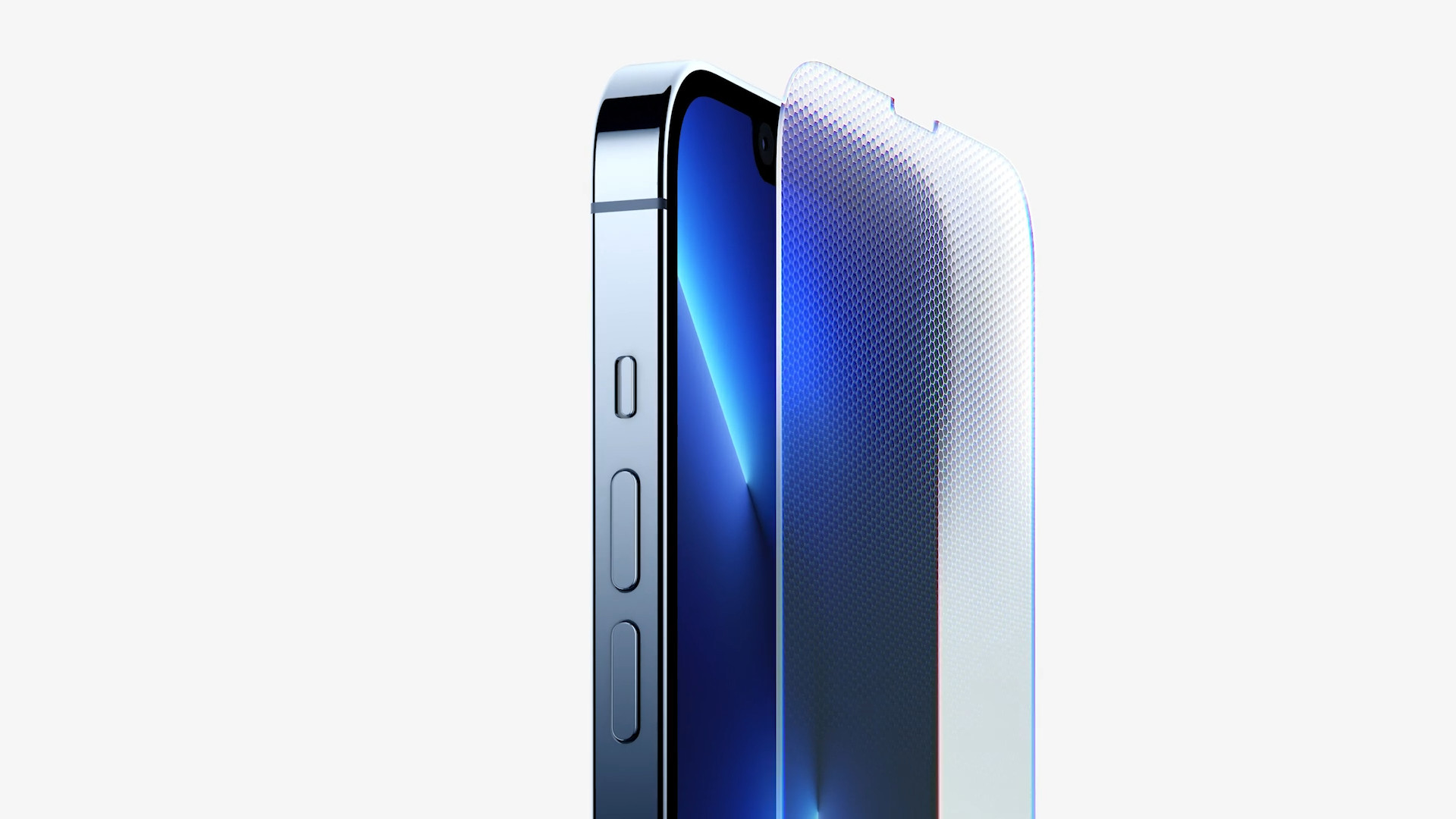
Word game
So what exactly is Ceramic Shielded? Such glass is made by mixing nanoceramic crystals into the glass, which are harder than most metals. Ceramics, of course, are not transparent, so a process was developed that cost Apple $450 million and eliminates this ailment by choosing the right type of crystals and degree of crystallinity. But who makes Ceramic Shield? Yes, of course it is Corning, which has supplied glass for iPhones since their first generation (as well as for iPads and Apple Watch).
One brand, two labels, same quality? We'll see from the drop tests. However, in this regard, Apple's investment seems like a waste of money. Just to make the iPhone stand out with its names and look exclusive, it cost the company a lot of money. The Gorilla Glass Victus 2 itself clearly proves its qualities, and Apple would certainly not be afraid to use it instead of its solution (which, moreover, many of us know will not last as long as Apple declares anyway). Maybe that's also why he doesn't put so much emphasis on Ceramic Shield anymore, so it's possible that he'll just quietly get rid of it one day and go for the "series" Corning one.
On the other hand, it is true that the proper nomenclature sounds nice. Even Samsung knows this, although it doesn't develop glass, so it had to name the entire structure of the Galaxy S device. It calls it Armor Aluminum. It's only aluminum, but it should be more durable than what Apple uses for basic iPhones. But because aluminum is soft, Apple gives the Pro models a frame made of aircraft steel.
 Adam Kos
Adam Kos 

